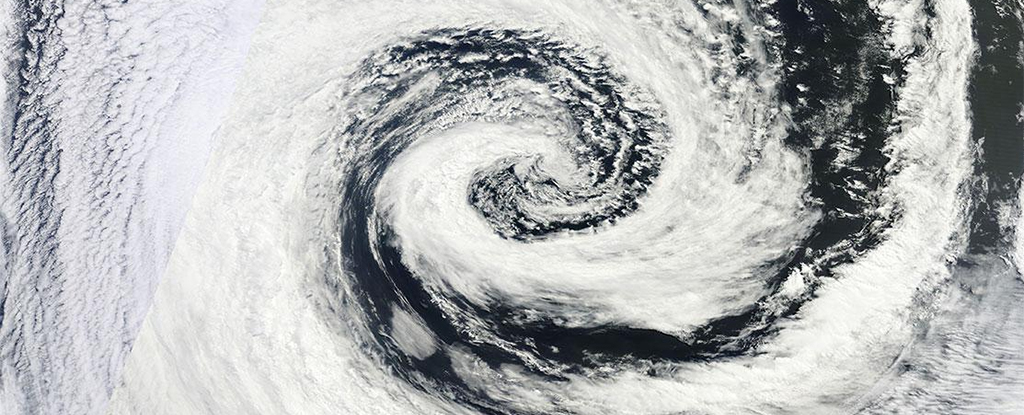storms and others extreme weather events are not evenly distributed between the two halves of our globe. The southern hemisphere is about 24 percent stormier than the northern for reasons that weren’t entirely clear until now.
A new study that looks in detail at global storm patterns identifies mountain range heights and the circulation of energy around the oceans as two key factors that determine how storms form above and below the equator.
To reach their conclusions, a team of researchers from the University of Chicago and the University of Washington ran a series of modified climate models and examined how changing variables such as topography and ocean currents affected the number of storms that formed.
“You can’t put the Earth in a jar, so instead we use climate models based on the laws of physics and run experiments to test our hypotheses.” says Climate researcher Tiffany Shaw from the University of Chicago.
The researchers each changed part of their climate models. As they flattened the land masses of the northern and southern hemispheres, half the difference in storminess disappeared.
Then they slow down big global “conveyor belt” the ocean current that forms when warm water cools and sinks in the Arctic, flows south, and rises with wind-driven upwellings in Antarctica. In addition to flattening the mountains of the world, this loss of energy transmission brought storm strengths in the two hemispheres into line.
what’s more satellite observations showed that the frequency of storms in the southern hemisphere has increased since the 1980s, while remaining largely unchanged in the northern hemisphere.
This is likely due to changes in currents caused by changes in atmosphere and sea temperatures. These shifts are happening worldwide, but they are in the North balanced by the loss of sea ice and snow and increased sunlight absorption.
“The southern hemisphere is projected to become more stormy, while northern hemisphere storm changes will be muted due to a tug-of-war between tropical and polar climate changes,” the researchers write in their published paper.
It was only after World War II that scientists took up the challenge Track weather and climate around the world – although of course the seafarers were aware of the different conditions in each hemisphere a long time ago.
With the arrival of large-scale real-time satellite imagery early 1980sresearchers were able to gain a wealth of new information about weather conditions, allowing them to map and monitor how they changed over the years.
These new findings are fed back in climate change Models to help us better understand how the planet’s warming might affect storms and weather patterns differently in the two hemispheres – and which variables will matter most.
“By laying this foundation of understanding, we increase confidence in climate change projections, thereby helping society to better prepare for the impacts of climate change.” says Shaw.
“One of the main aspects of my research is to understand whether models are giving us good information now so we can trust what they say about the future. The stakes are high, and getting the right answer for the right reason is important. “
The research was published in PNAS.





